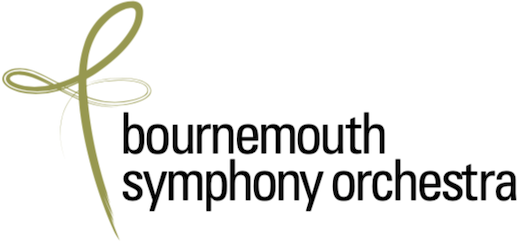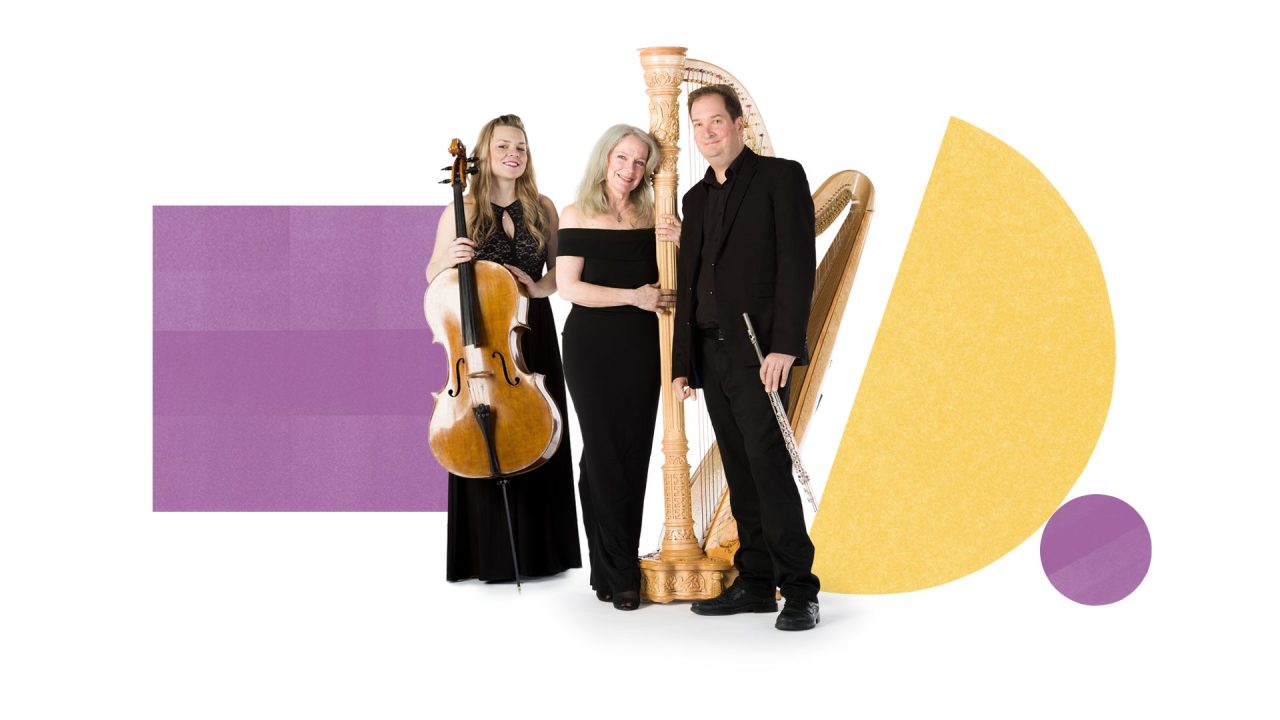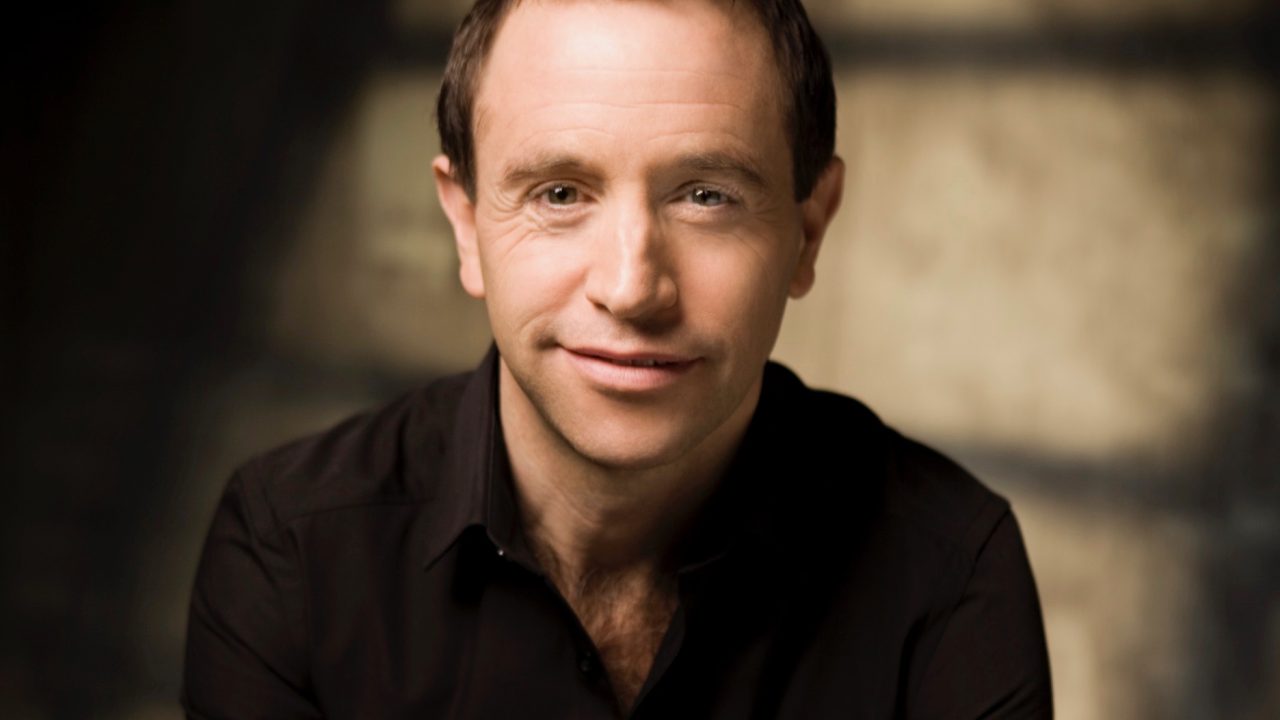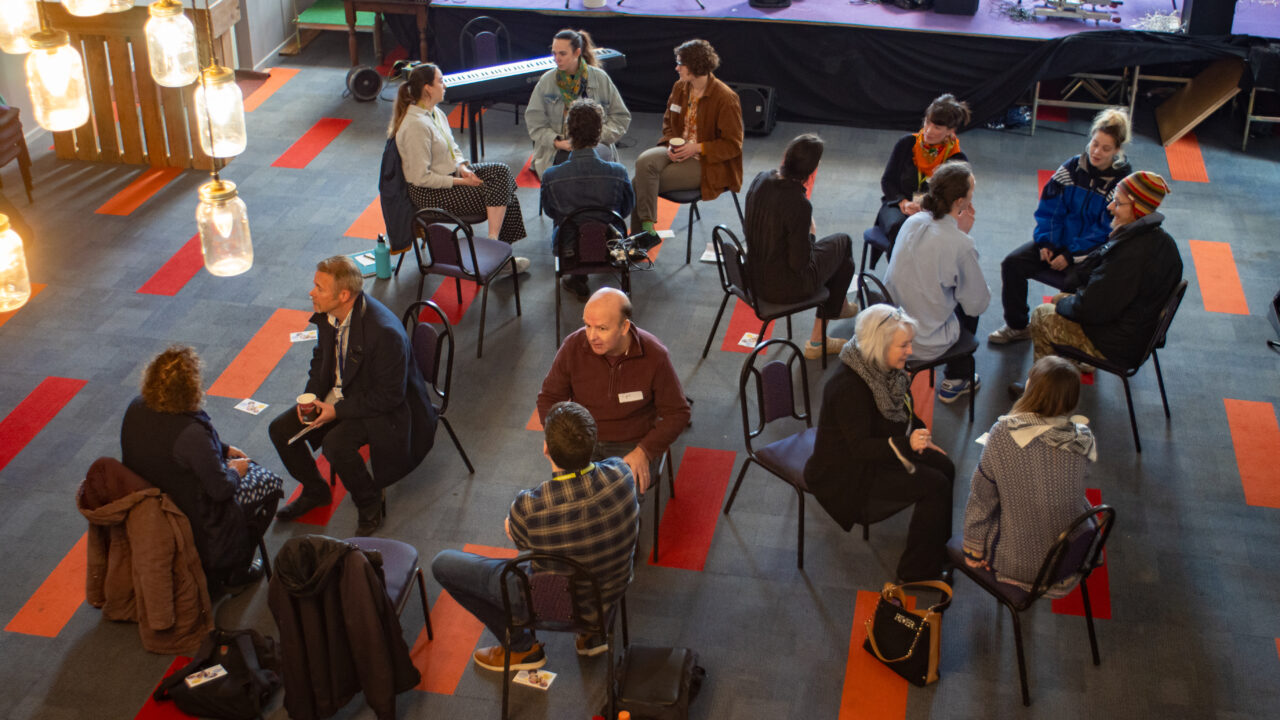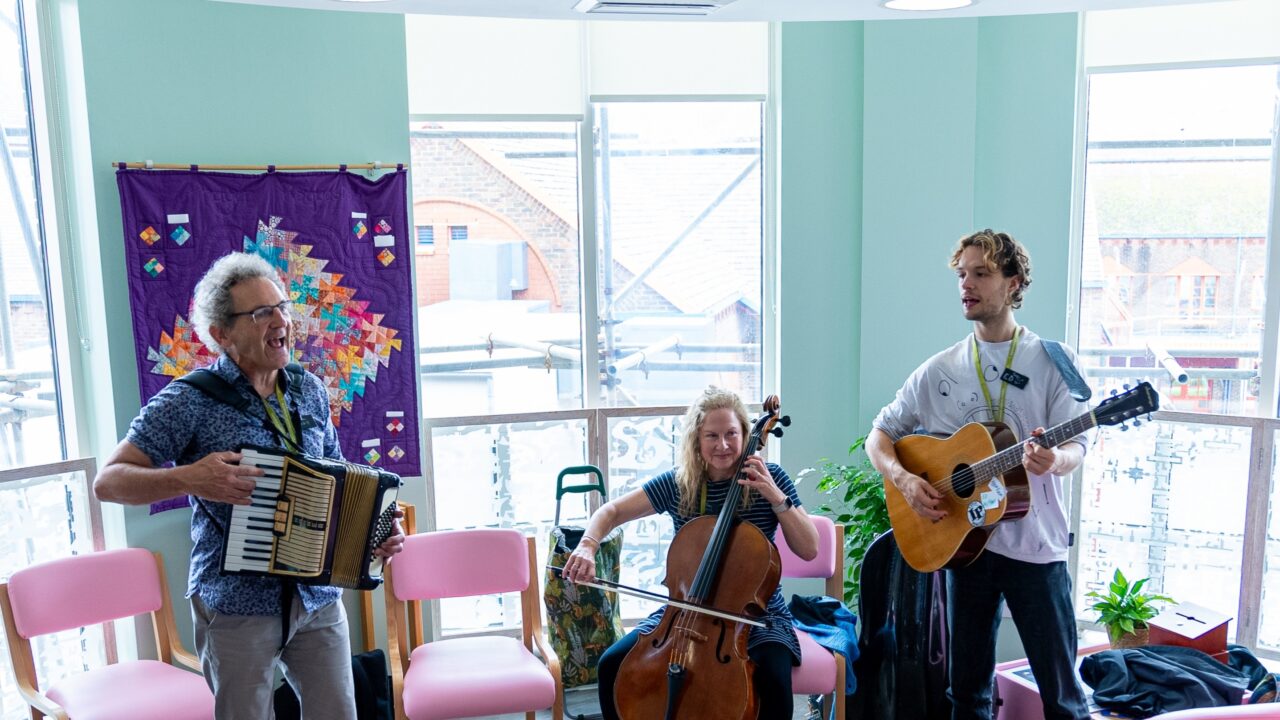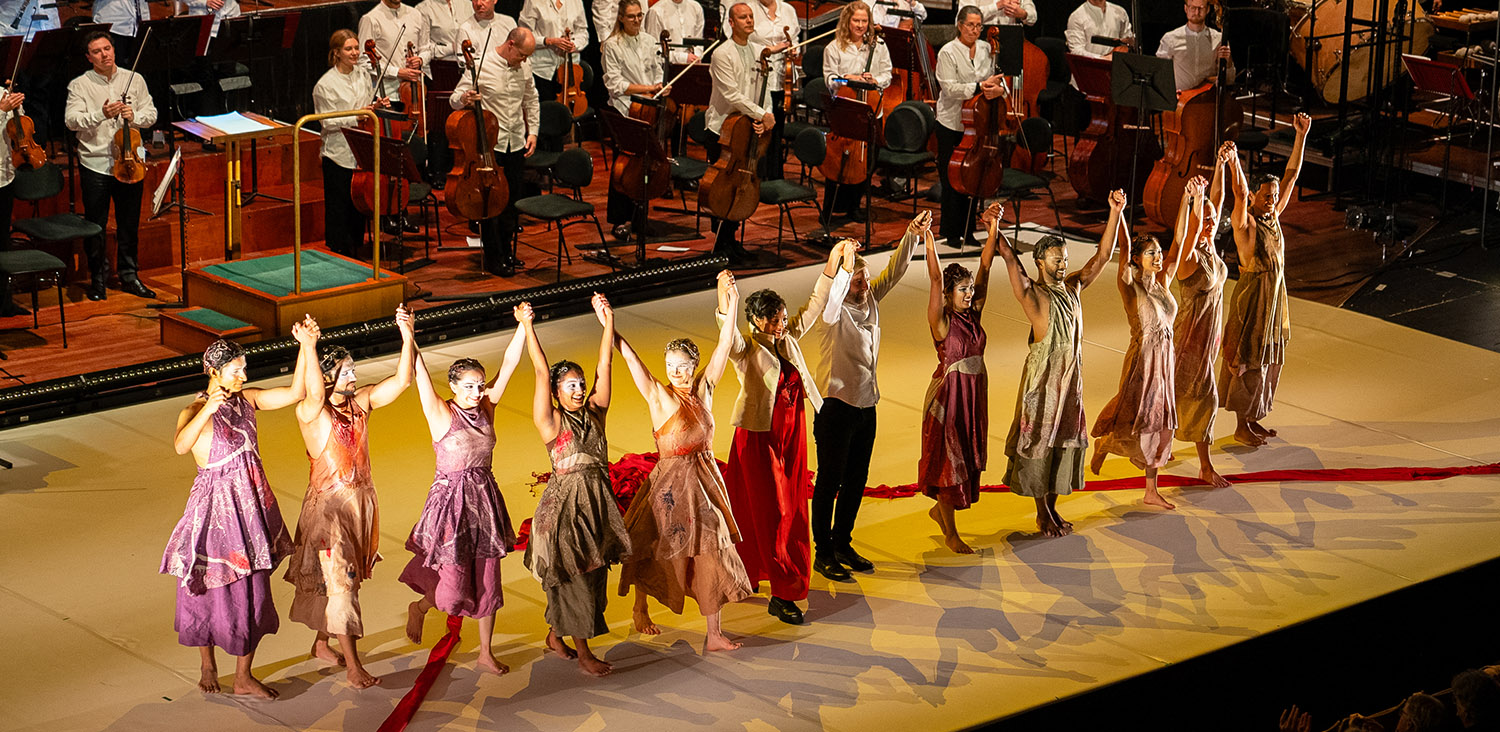Let’s get straight to the point. Stravinsky’s The Rite of Spring remains the musical explosion of the last century. Firmly established for over a century as a staple concert work, its broader significance and importance conceived as a ballet can be easily overlooked. The Karabits-Patel collaboration combines music and movement to renew the composer’s visionary inspiration of an ancient tribal Chosen One undergoing a dance of death to propitiate the gods of spring as comprehensively complete and groundbreaking in the way West meets East.
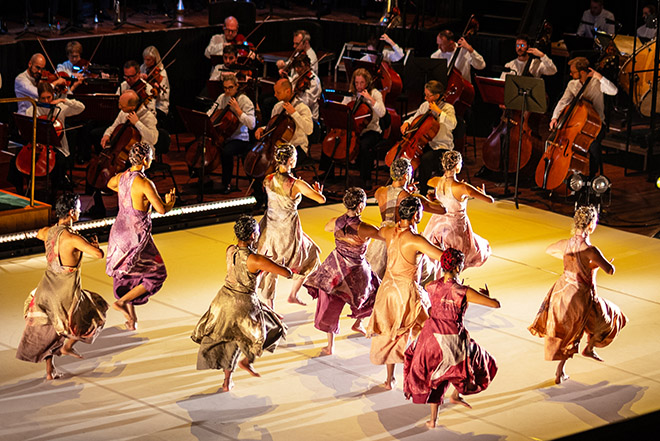
Seeta Patel Dance with the BSO in Poole
Brilliantly planned and executed, Kirill’s exploration of Voices from the East continues to thread its way through his BSO programmes revealing a range of rarely-heard composers of quality with resonance and relevance. Unearthing another discovery to introduce Tchaikovsky as well as Stravinsky, a suite from Nurymov’s ballet score The Fate of Sukhovey held its head high.
Premiered in 1967, the Sukhovey of the title is a hot wind that blows around the arid regions of the Caspian Sea. The scenario describes how humanity triumphs over Nature, transforming inhospitable desert into a fertile temperate climate. The intuitive grasp of Nurymov’s idiom was as communicative as ever. The visual opportunities of the music were delivered with Rimskyan colour and heft via a nod to Khachaturian and several grains of sand from Maurice Jarre’s music for the film Lawrence of Arabia premiered in 1962.
This signalled the perfect link back to the grand Russian dance tradition of Tchaikovsky’s music from The Sleeping Beauty, which shone with delicacy, excitement and overwhelming trenchancy, especially in the spectacular Rose Adagio. A smart and generous move too, framing the regular numbers from the Suite with other sections from the complete ballet for enhanced context.
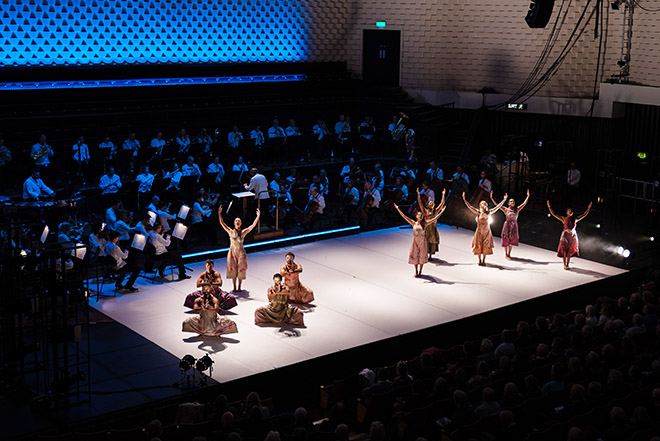
Seeta Patel Dance with the BSO in Poole
Rarely can the forces of music and dance have combined with such shattering power and energy in The Rite. The cumulative thrill of the chase and ever-growing menace were tensely charted throughout. The synchronisation between dancers and orchestra was point-and-pitch perfect. Even though the performance worked with the slightly reduced orchestration made by Jonathan McPhee, the marriage of aural and visual senses delivered an adrenaline rush that proved revelatory, almost as though a mere hearing of the work was to short-change the full impact of the composer’s inspiration. This was a realisation of tribal ritual that returns throughout the ages from pre-history to the present day, and doubtless beyond – be warned and be very afraid.
The performance is being repeated in The Anvil, Basingstoke (23 Nov). Attendance essential, and also be sure to catch Andrew Burn’s video-introduction to The Rite on the orchestra’s website www.bso.live. As always, he delivers all you need to know with maximum insight into every BSO programme. Don’t miss it!
Ian Julier
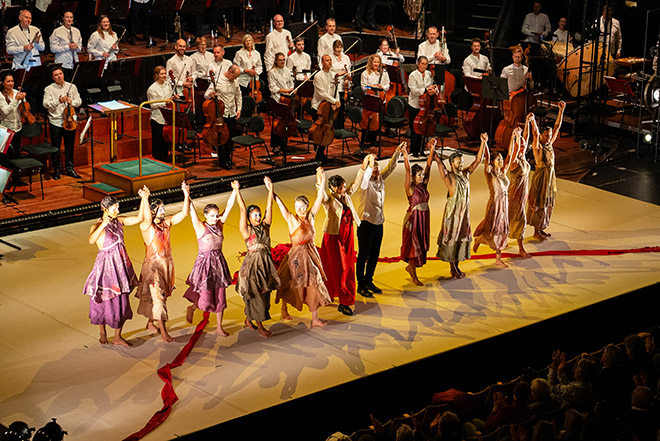
A memorable evening at the sold out event in Lighthouse, Poole
